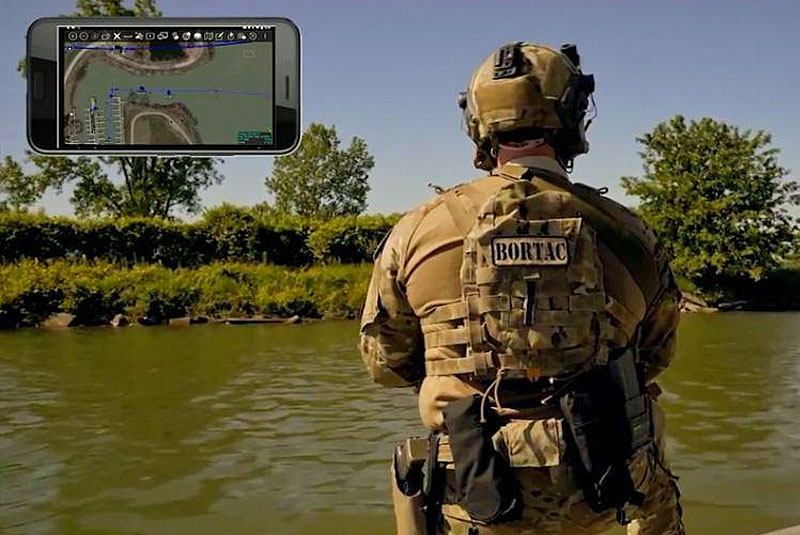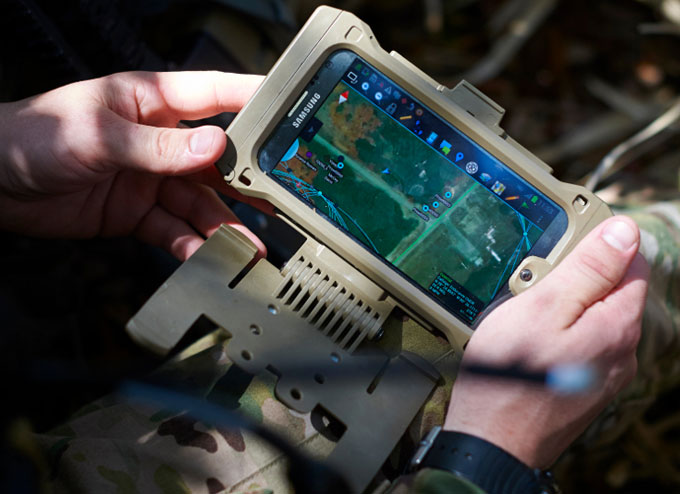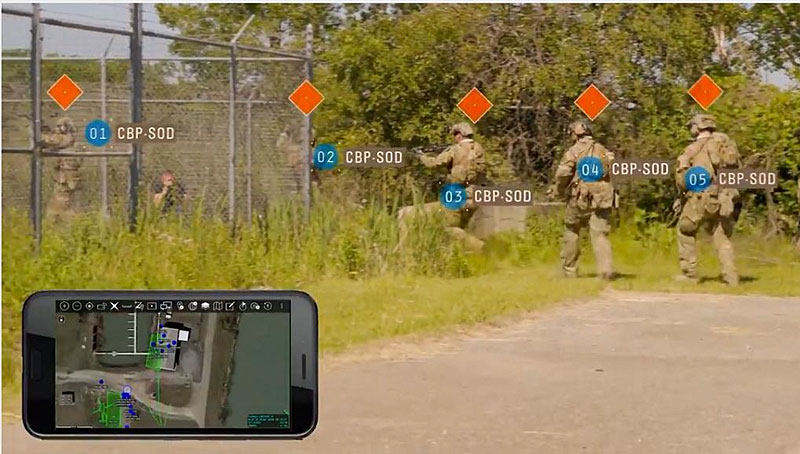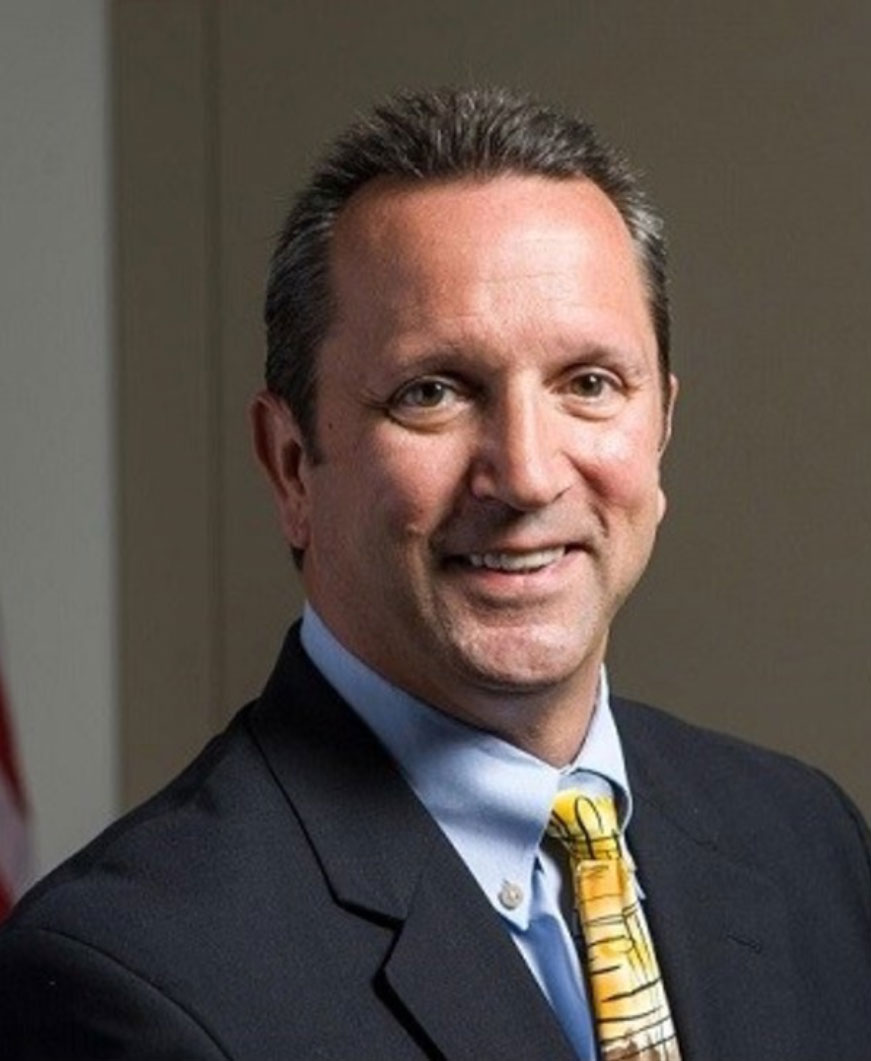
By Larry Rose and Martin Gillespie, Salient CRGT
Recent tragedies have highlighted the growing need to provide first responders, law enforcement officers, and federal officers, who protect the lives of citizens daily, with rapid access to critical data through the use of their smartphones.
2017 provided several unfortunate examples of how mobile technology would have been instrumental in saving lives.
The Las Vegas shooting responders, despite their great efforts in reacting to the deadliest mass shooting in U.S. history that claimed 58 lives and injured more than 515, could have benefited tremendously from the ability to track data on their smartphones.
(Learn More. Dozens of paramedics, firefighters and police officers rushed to the scene of the Las Vegas mass shooting on Sunday. Adriana Diaz spoke with three first responders who acted without hesitation. Courtesy of CBS This Morning and YouTube. Posted on Oct 6, 2017)
These devices could have provided pinpoint locations of those in the chaos through the use of GPS tracking, as well as to set up virtual geographical boundaries or geofences.
A geofence is a virtual barrier set around a specific point or location. Apps then typically use this geofence to respond to user’s entry and exits of the boundary.
Staff in command centers not only have the awareness of who is either in or out of the controlled area, but are also formally notified as users enter or exit.
The shooting of four victims at a Senate baseball practice in the summer of 2017 in Washington D.C. is another example of how data either sent from or to a smartphone would have helped in understanding the situation and developing a strategy to mitigate the threat.
(U.S. Sen. Jeff Flake (R-Arizona) describes what happened when a gunman opened fire at a congressional baseball practice in Alexandria, Virginia. U.S. Rep. Steve Scalise (R-Louisiana) and at least three other people were wounded. Courtesy of CBS Chicago and YouTube. Posted on Jun 14, 2017)
Once the threat was mitigated, the rescue mission would be able to move in and mobile device tracking and data analytics could help accelerate the process.
The speed that mobile smartphones allow the user to access data allows them to limit time wasted on communicating or attempting to get the information from someone else.

Knowing the exact position of law enforcement and first responders inside the area of concern provides the situational awareness required to rapidly make tactical decisions.
Especially in an environment as dynamic as this.
Both of these events involved the user passively providing data, specifically location data, to a central application where it is relayed to other smartphone users or a command center to provide complete situational awareness.
However, a more user-friendly application is also important.

For service organizations to be even more successful, our leaders at all levels must invest in putting the data and technology in a smartphone to help first responders in real time.
Police officers, sheriffs, and many field investigators are often asked to interface with the public in their daily activity.

immediately impact life or death decisions that traditionally had to be
called into a central dispatch.
Imagine if they could simply load the name, social security, driver’s license, or other similar type information on their smartphone and never have to turn their back to walk to their car or wait for the information to be relayed to them.
We know that time is not in the best interest of the officer who is facing potential harm.
Their phone within seconds could tell them who they are dealing with, if the person lied about who they are, if they are dangerous, or have a warrant for their arrest with no delay or time for the suspect to plan an attack or escape.
The same smartphones that people carry every day have the ability to immediately impact life or death decisions that traditionally had to be called into a central dispatch.
Think about how critical this can be to someone that cannot afford a single second delay.
Increased situational awareness available on hand-held devices is not just the latest use of mobility technology; it is one that is saving lives.

Mobile Technology Already Playing a Key Role
Embracing the government’s need for speed, some police and military services already takes advantage of mobile smartphones for enhancement of situational awareness.
In that austere environment where decision cycles are increasingly compressed and complexed, the mobile platform provides specific capabilities such as a site survey tool, targeting, precise geo-location, runway survey tools and military radio controls, and messages interface.
Other solution capabilities include online and offline mapping, collaborative mapping, location marking, messaging with files, photos, and video, and navigation assistance for real-time alerts in mission critical infrastructure environments.
Additionally, the Department of Homeland Security (DHS) has used an implementation of this type of technology known as ATAK, Android Team Awareness Kit, during rescue missions for hurricane Harvey in Texas.
The video produced below by DHS S&T shows how ATAK supports the complex communication and coordination needs of responders.
(The Android Team Awareness Kit (ATAK) is a GPS communications tool that runs on a mobile device. It improves situational awareness by allowing users to know where their mission partners are located, regardless of affiliation. It also improves communications through a variety of applications. Thanks to the efforts of the S&T Apex Border Situational Awareness (BSA) team, ATAK was used during Hurricane operations in Houston and Puerto Rico. Courtesy DHS S&T and YouTube. Posted on Nov 17, 2017)
Providing information on the smartphones helped speed recovery and coordination of responders. This is and was critical in saving lives.
This is just the latest Federal use of such technology.
The Defense Advanced Research Projects Agency (DARPA) has used it in a Persistent Close Air Support Program as reported in an article by National Defense Magazine AFSOC.
Smartphone’s ability to disseminate and receive important information in real-time holds the potential to change the way law enforcement or investigative services work going forward.
(Learn More. Black Hawk Down (Battle of Mogadishu, Somalia) was the incident that triggered development of a powerful situational awareness tool by engineers at the AFRL Information Directorate. The ATAK situational awareness tool now has thousands of DoD, Homeland Security, law enforcement agency, and civilian users. It can be used in many different industries where team awareness is critical such as event management, entertainment, recreation, energy, and transportation. Courtesy of U.S. Air Force Technology Transfer and YouTube. Posted on Jul 27, 2017)
Increasing Use of Mobile Devices Will Lead to New Implementations
Smartphone’s ability to disseminate and receive important information in real-time holds the potential to change the way law enforcement or investigative services work going forward.
We will start to see a greater implementation of these devices as tools that support even more law enforcement and military functions.

Ultimately, the number of mobile devices is on the rise and their benefit to those who protect the lives of so many citizens is a benefit we can all understand.
Mobility is the future, and as recent events demonstrate, we need to implement smartphone use now.
We have seen how much social media has embraced apps–now let’s get apps that can make smartphones life savers.
We owe it to these first responders to get them the real-time information they need to do their jobs.
It’s time to support the people who are dedicated to saving lives, and standing in harm’s way by providing them with the best available use of smartphones that can get them there.
They should be fully empowered to respond and to be protected as they protect us.
About the Authors:

Dr. Larry Rose is the SVP of the commercial services business unit for Salient CRGT, providing a comprehensive set of strategic and tactical IT solutions for such commercial industries as property and casualty insurance, law enforcement, healthcare, financial services and others.
He possesses more than 30 years of government and commercial business and operational experience.
Dr. Rose holds a PhD in Management and Organization Leadership and is the author of the book The Human Side of Virtual Work.

Martin Gillespie, Salient CRGT, VP of Product Development, provides innovative, strategically-focused mobility solutions across Salient CRGT’s expanding customer base.
A thought leader in the mobile community, he has been building innovative mobile application software since 1990.
Gillespie helps customers tap into market-leading mobile solutions that provide greater efficiency that ultimately benefit users
Learn More…
Salient CRGT to Provide Law Enforce Quick Access to Investigative Data
















Comments are closed.